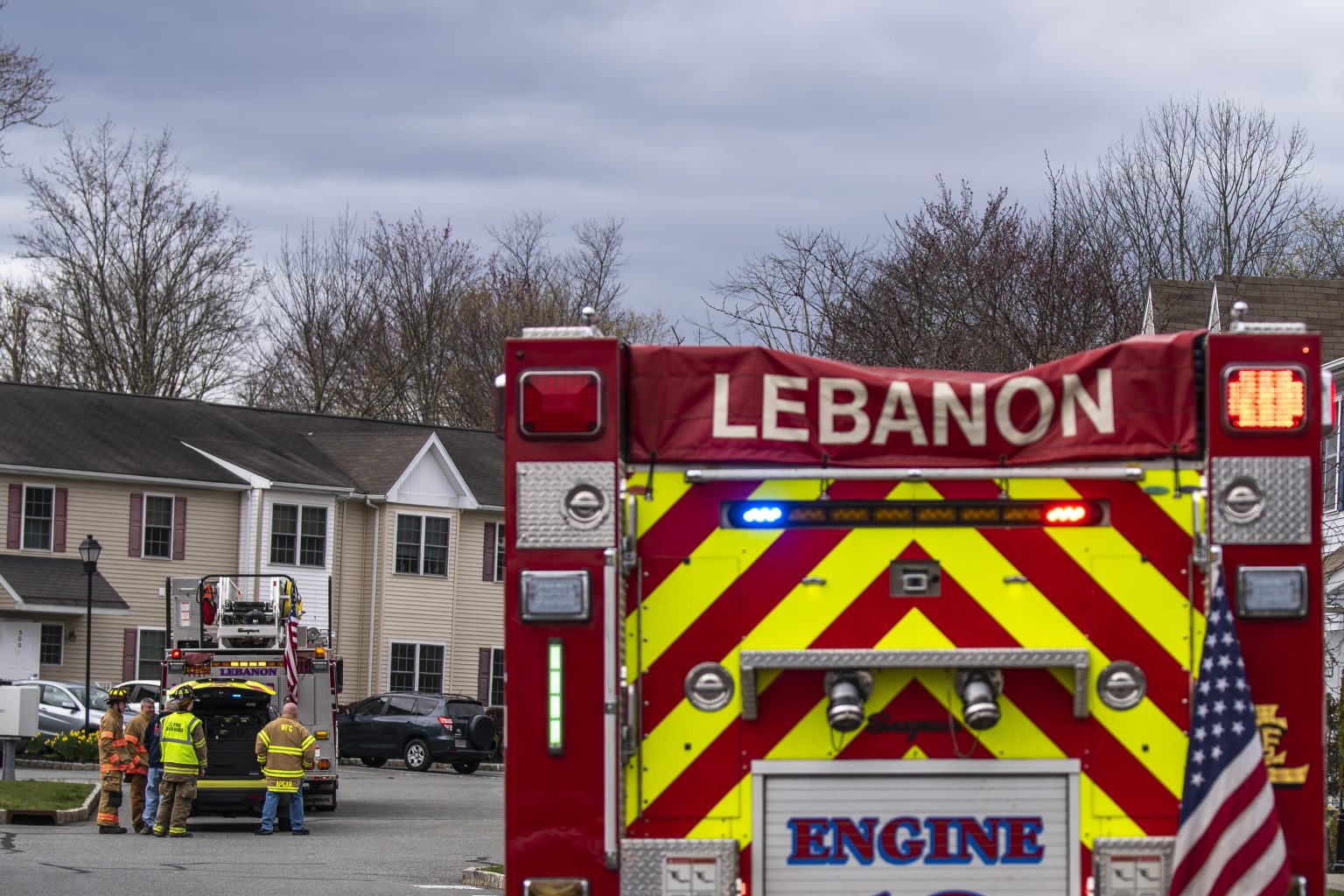On Friday night, a 4.0 magnitude aftershock struck the northeast region, following a rare 4.8 magnitude earthquake earlier in the day. The aftershock hit Gladstone, New Jersey, sparking disbelief among residents who took to social media to express their astonishment. According to the U.S. Geological Survey (USGS), the larger earthquake centered on Whitehouse Station, New Jersey, was the strongest felt in the area since 1950. The USGS clarified that the second earthquake was considered an aftershock to the mainshock, with aftershocks being smaller magnitude quakes that follow the main earthquake. Governor Kathy Hochul announced a review of critical infrastructure to assess any damage caused by the aftershock.
Officials from the USGS have predicted a 78 percent chance of additional 3.0 magnitude or larger aftershocks occurring in the northeast within the next week. The likelihood of 4.0 or larger aftershocks is 16 percent, while the chances of 5.0 or stronger earthquakes are only 2 percent. Despite the slim chances of a major earthquake in the near future, public officials have advised residents to be prepared. Tips from New York’s Division of Homeland Security and Emergency Services include securing furniture and appliances, storing dangerous household chemicals safely, and knowing what to do during an earthquake, such as taking cover under a sturdy object indoors or moving to an open area outdoors.
Multiple smaller aftershocks hit the area in the hours following the 4.8 earthquake, with many of them going unnoticed due to their minimal impact. The aftershocks were concentrated in the same area, with Gladstone, New Jersey, being approximately 9 miles away from the epicenter of the main earthquake. While the USGS model predicts a low probability of a massive earthquake in the coming days, the odds increase over the next year. Residents have been urged to remain cautious and stay informed about emergency procedures in case of future seismic activity.
In the event of an earthquake, officials recommend taking precautions such as securing belongings and seeking shelter under sturdy objects to protect oneself. Those outdoors during an earthquake should move away from structures and trees to avoid potential hazards. The USGS has provided data on the likelihood of various earthquake magnitudes occurring in the northeast, with an increased probability of smaller aftershocks compared to stronger earthquakes. As the situation continues to evolve, public awareness and preparedness are crucial to minimizing risks and ensuring safety in the face of potential seismic events.


